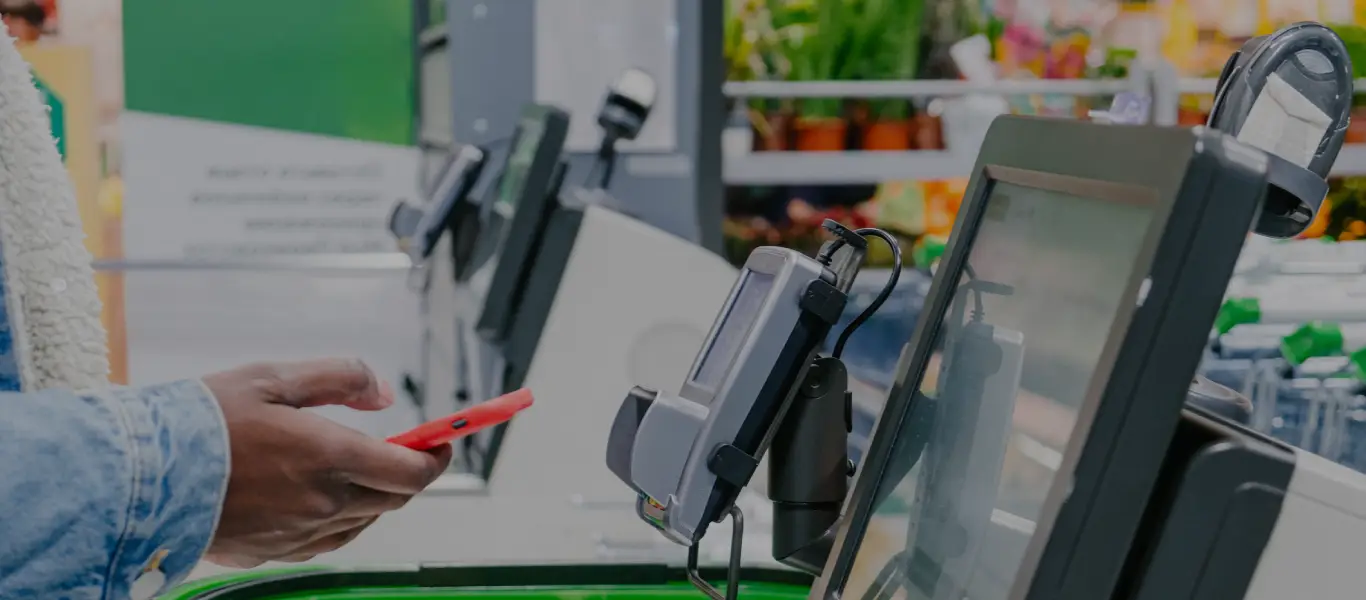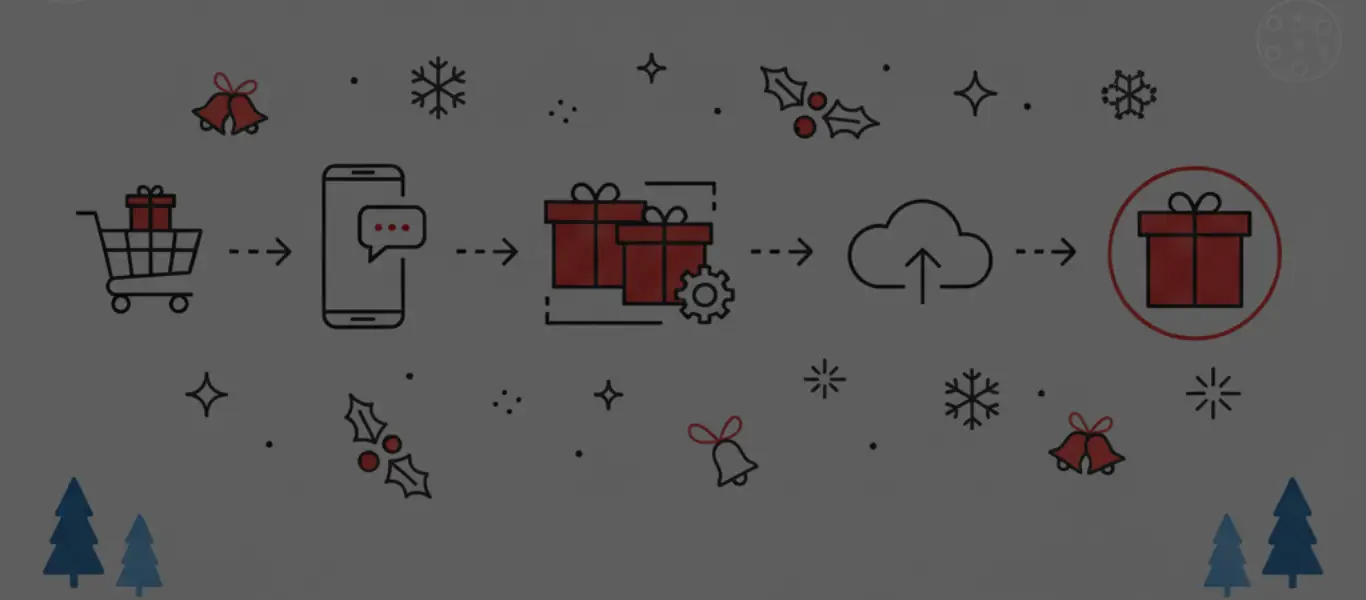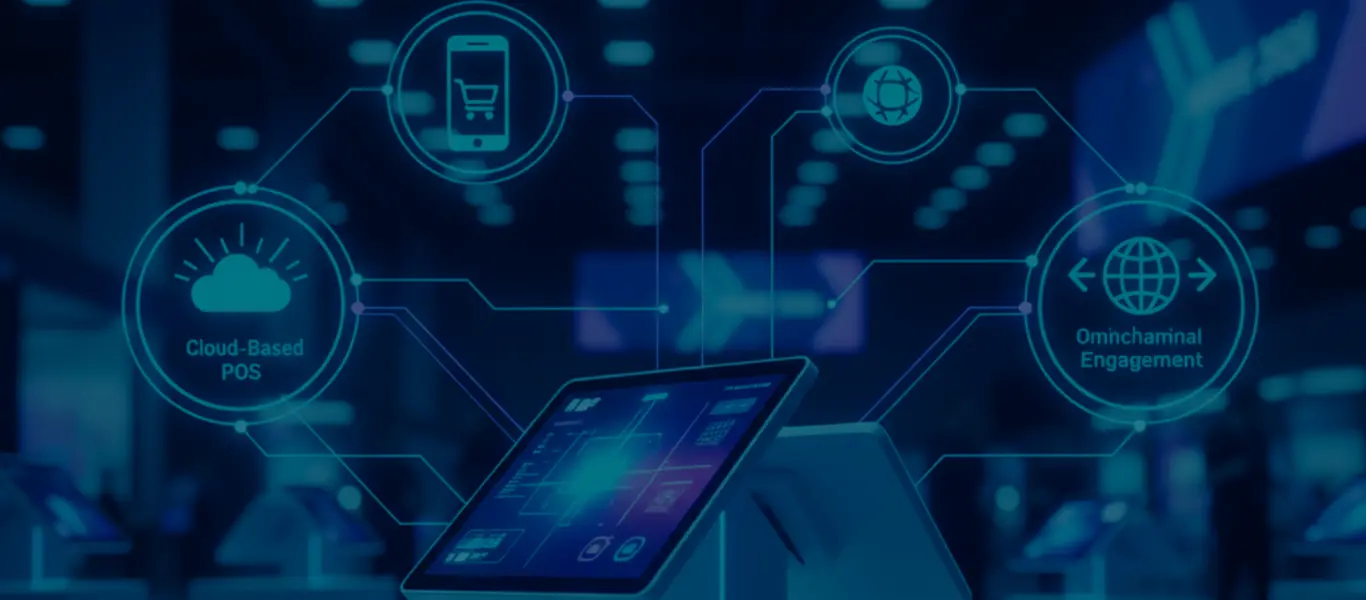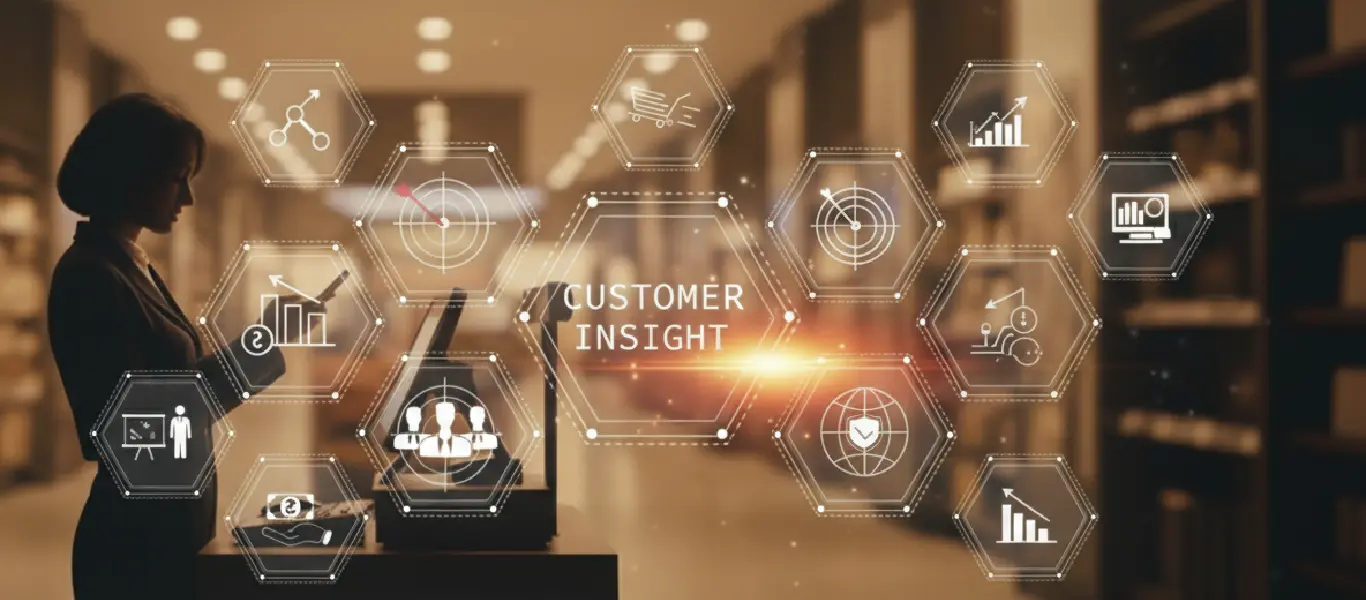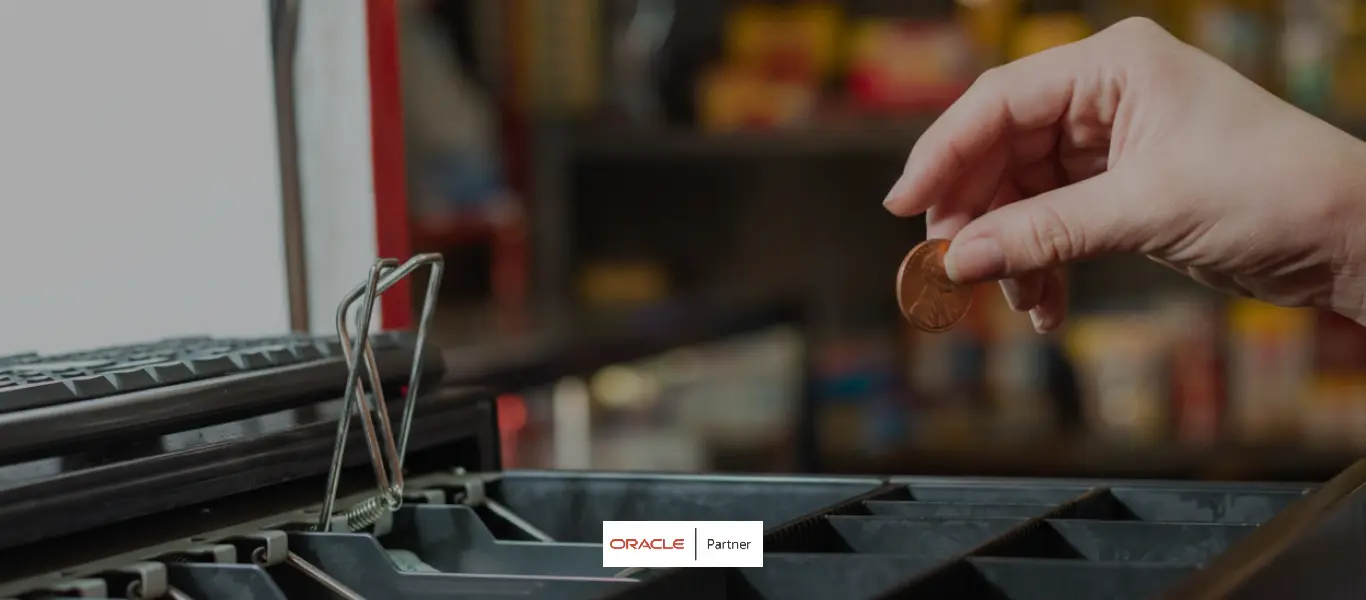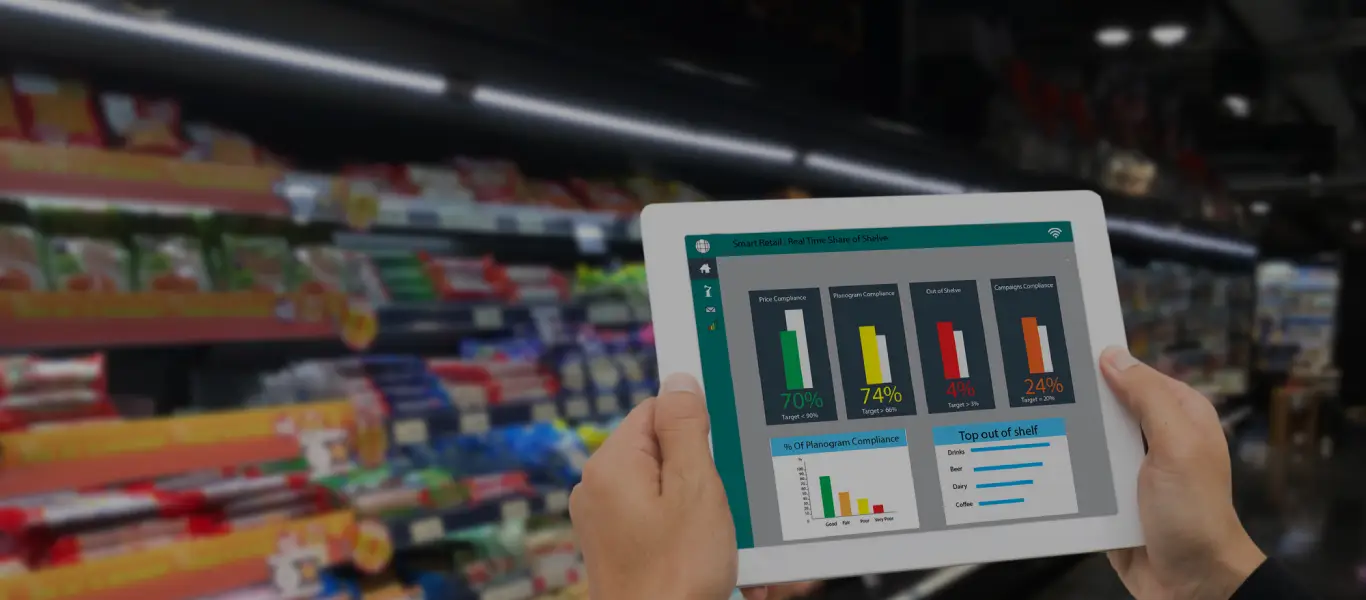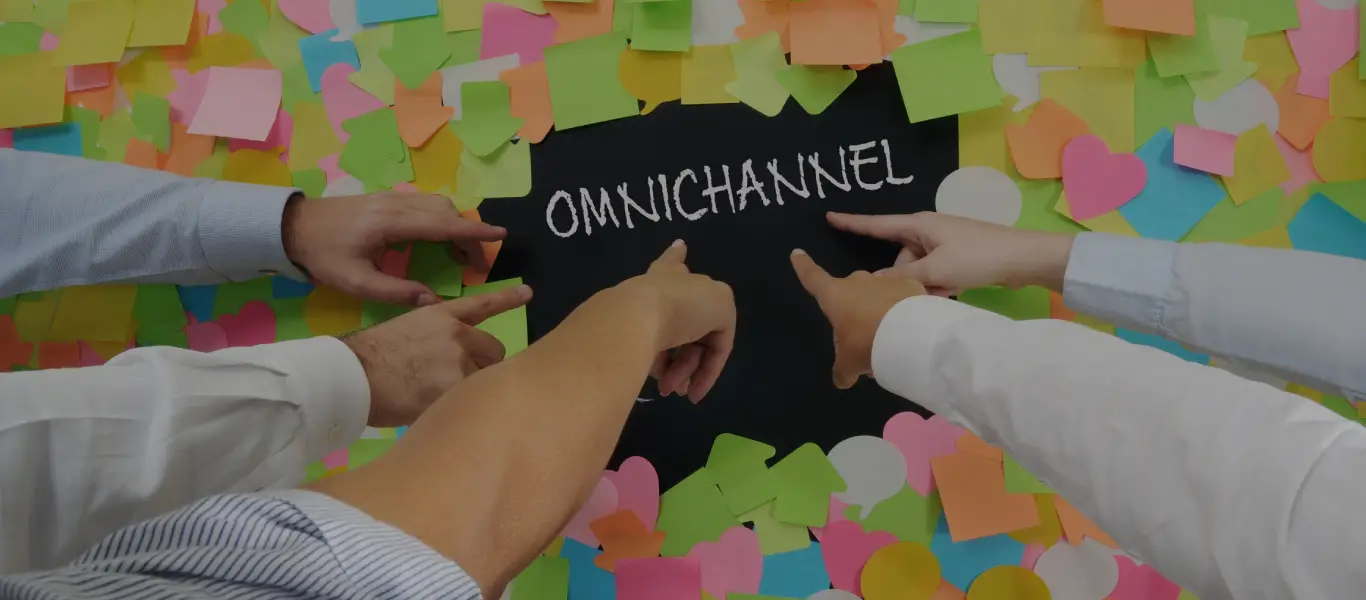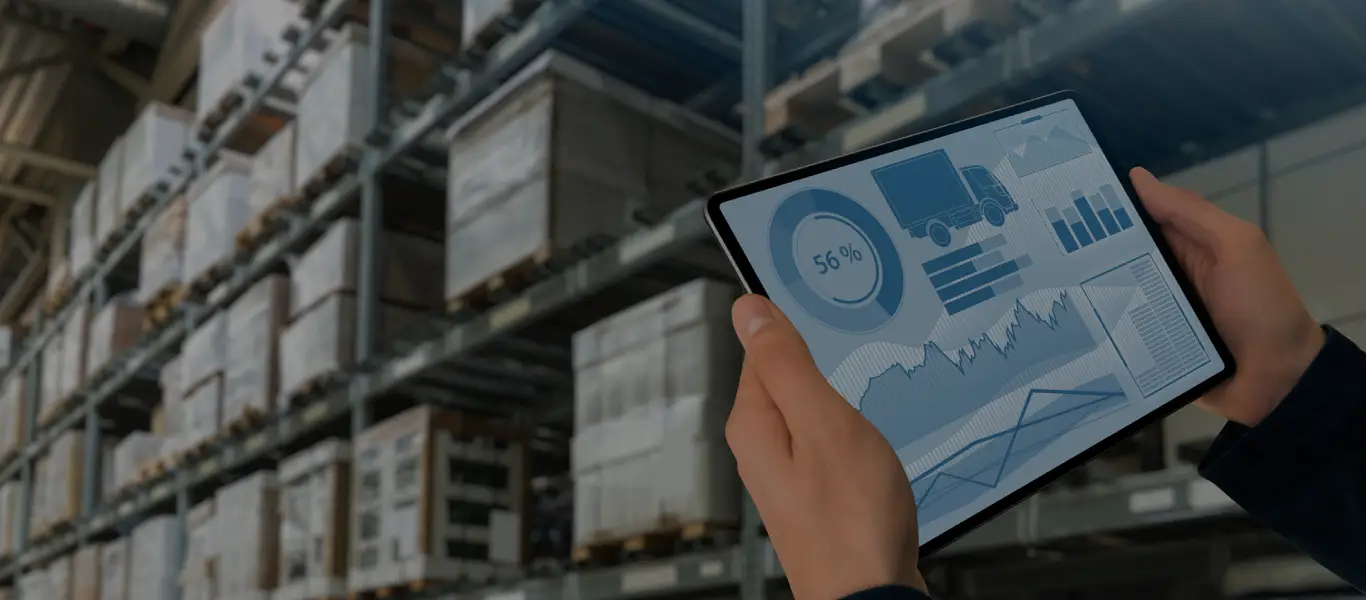A Point-of-Sale (POS) system is the central nervous system of any modern retail business. POS is mission-critical in maintaining the business by handling every transaction, every customer interaction, and every piece of data that generally flows through the rest of the enterprise. Yet many retailers still today depend on older legacy POS systems to maintain the pulse of their daily operations, customer interactions, and to provide critical input into their financial health. The big question is, “Are you still running a legacy POS?”
Signs You’re Stuck with Legacy POS
- You might have a legacy POS if Real-time visibility is missing. Your regional and district managers can’t remotely review what’s happening across stores while waiting in line for their Vanilla Sweet Cream Nitro Cold Brew. They’re still stuck with yesterday’s reports instead of today’s reality.
- You might have a legacy POS if Payment options are outdated. A customer is trying to pay with the latest smartphone, but you must ask them to dig out a card, slide it into a bulky terminal, and wait for the receipt to print from a machine wired to three other devices.
- You might have a legacy POS if Maintenance costs keep piling up. You already pay monthly fees for software or hardware support, but every time something breaks or needs to be updated for a new security regulation or other needs and you’re hit with another hefty invoice just to keep operations running.
- You might have a legacy POS if Integration is limited. Your POS can’t easily talk to eCommerce platforms, loyalty programs, or finance systems, meaning you can’t launch unified promotions or seamless customer experiences you’d like.
In summary, a legacy POS system usually is fragmented and rigid to the point where innovation is next to impossible. The current trend for POS revolves around creating modern solutions that deliver consistent, seamless, and personalized customer experiences. These solutions also support unified operations, real-time data, simplified communication across channels, cost efficiencies, and modern in-store experiences.
Why a POS Upgrade Matters
Modern POS systems are not just about ringing up sales. They’re about orchestrating the customer journey. They
- Deliver consistent, seamless, and personalized experiences whether a customer shops online, in-store, or via mobile.
- Provide real-time insights into sales, inventory, and customer behavior, so managers don’t have to wait for nightly reports.
- Enable unified operations by connecting in-store systems to ecommerce, loyalty, and supply chain platforms.
- Reduce costs with cloud-native, API-first architectures that make upgrades easier and compliance less expensive.
- Create modern in-store experiences, from mobile checkout and self-service to contactless and tap-to-pay options.
In today’s retail environment, the question isn’t if you should upgrade your POS – it’s how quickly you can do it.
Life After Legacy POS: Your Options
Should you build your own, buy a new one, upgrade or enhance what you have, or will you just continue to leave a lasting impact on your customers with your legacy POS?
1. Upgrade Your Current POS
If your existing system has a solid foundation, upgrading can extend its life while layering in new capabilities.
- Process: Discovery assessment → Customer journey mapping → Identify friction points & future state → Build value proposition → Implement
- Best for: Retailers who want to modernize without a wholesale replacement.
- Example: A retailer upgrades by adding mobile checkout modules and digital wallet support, avoiding the disruption of replacing the entire system.

2. Buy a New POS
Sometimes the smartest move is to start fresh with a modern, best-fit solution.
- Process: Discovery assessment → Define selection criteria → Evaluation method → Vendor review → Build value proposition → Final selection → Implement
- Best for: Retailers seeking vendor-supported, out-of-the-box functionality and faster deployment.
- Example: A mid-sized chain moves from a legacy system to a new cloud-based POS to gain mobile checkout, real-time dashboards, and centralized control—all delivered faster than customizing the old system.

3. Build a Custom POS
For businesses with unique requirements, building can provide maximum control.
- Process: Discovery assessment → Identify options → Evaluation method → Design & build → Test → Implement
- Best for: Enterprises with strong IT teams and highly specialized needs that off-the-shelf platforms can’t support.
- Example: A retailer with a differentiated store concept designs its own POS to integrate with custom loyalty and fulfillment engines, ensuring the technology matches the brand experience.

4. Continue with Your Legacy POS (The “Do Nothing” Option)
Of course, some retailers delay a POS upgrade. It feels safe: the system works, employees are trained, and change is disruptive. But doing nothing comes with hidden costs:
- Customer frustration. Long lines, slow checkouts, and lack of modern payment options create negative experiences that shoppers remember.
- Rising costs. Each compliance update, hardware failure, or software patch comes with a bill. These are often higher than what you’d pay for modern support.
- Falling behind competitors. While you’re holding on to a system from the past, competitors are launching tap-to-pay, curbside pickup, and real-time inventory visibility.
Doing nothing may feel like avoiding risk, but it’s the riskiest choice of all.
Choosing the Right Path
There’s no one-size-fits-all answer. The best path depends on your business model, store footprint, IT capabilities, and strategic goals.
- Upgrade if your current system is extensible and stable but needs modern features.
- Buy if you want rapid deployment and proven vendor-supported functionality.
- Build if your business has unique needs and strong IT resources.
- Continue only if you’re willing to accept the higher long-term costs and risk of losing customer loyalty.
No matter which option you choose, start with a discovery assessment. By mapping the customer journey, identifying friction points, and defining the future state, you ensure your POS upgrade aligns with long-term business objectives—not just short-term fixes.
Conclusion
Legacy POS systems may have kept your business running, but they’re not built for the pace, flexibility, or expectations of modern commerce. A POS upgrade is more than an IT project. It is a business strategy that directly impacts customer loyalty, operational efficiency, and competitiveness.
Whether you upgrade, buy, build, or continue with what you have, the decision will shape the way customers experience your brand for years to come.
Your POS is mission-critical, the heartbeat of your store. Don’t let it skip a beat.
SkillNet Retail Consulting & POS Modernization Services
SkillNet partners with global retailers to shape digital transformation strategies and deliver exceptional stores and omnichannel experiences. Our Retail Consulting Services bring decades of domain expertise to help retailers align business goals with technology investments, optimize operations, and accelerate unified commerce initiatives. As part of this, our POS Modernization Services cover strategy, vendor selection, integration, and deployment across leading platforms—helping retailers reduce risk, accelerate time-to-value, and future-proof their store technology. Together, these capabilities ensure your POS upgrade delivers measurable business impact and long-term growth.
Learn more about our retail consulting and POS modernization services.
Get in Touch with Charlie
If you’re evaluating options for moving beyond your legacy POS, or simply want an expert perspective on where to start, we’d be happy to help. Charlie Daggs has worked across multiple POS systems, guiding retailers through upgrades and transformations to ensure their investments drive long-term value. Reach out to him to explore how SkillNet can support your POS transformation journey.


